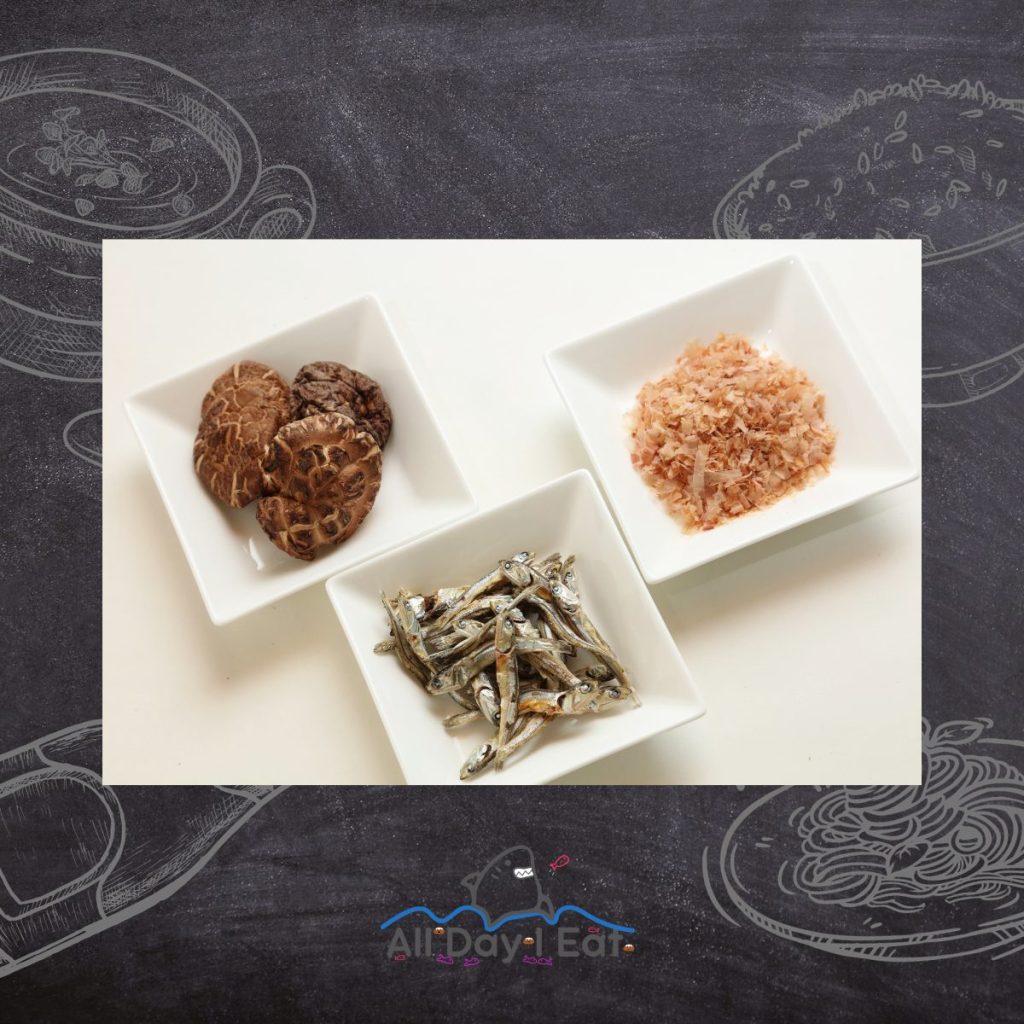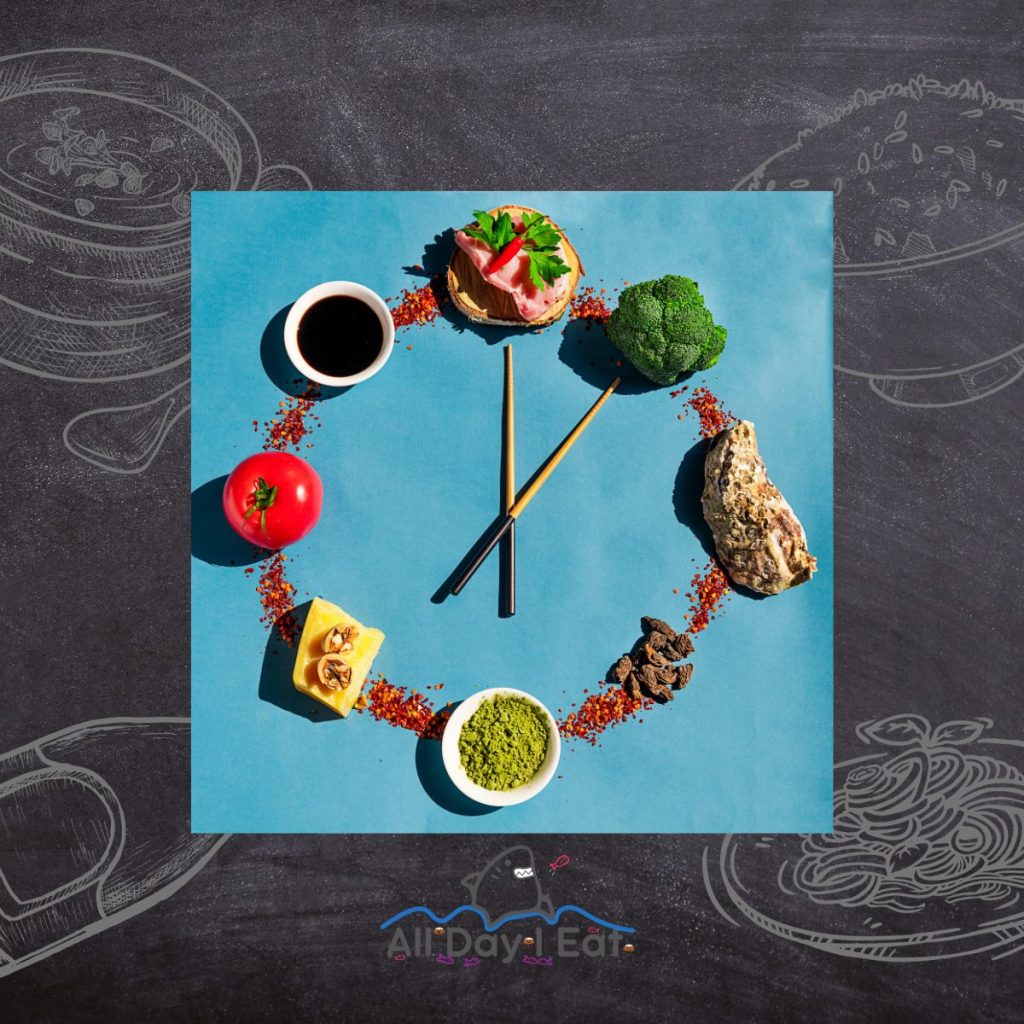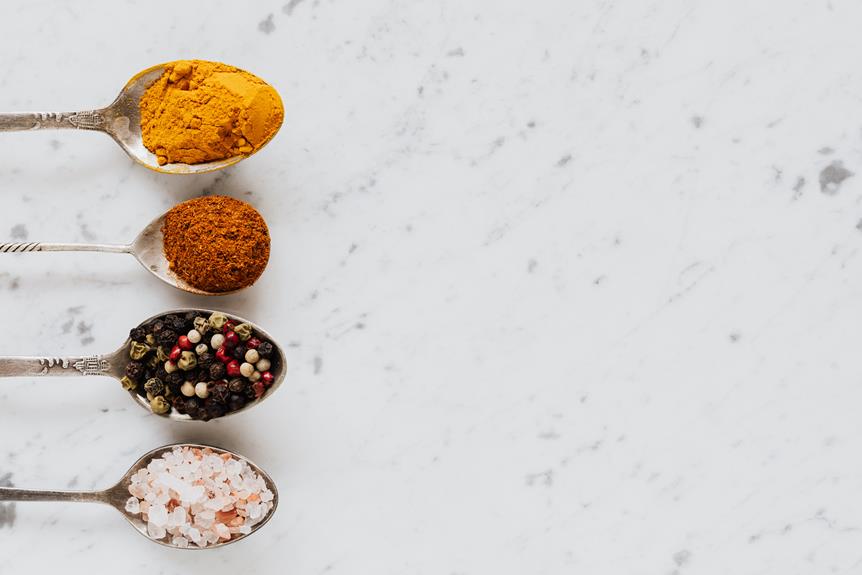Are you looking for a gluten-free option to enhance the flavors of your dishes? Look no further than gluten-free dashi powder.
This versatile ingredient is a must-have for anyone with dietary restrictions.


This article will explore the importance of gluten-free options, the benefits of using gluten-free dashi powder in your cooking, and where you can find this essential ingredient.
Get ready to elevate your dishes to a whole new level with gluten-free dashi powder.
Key Takeaways

- Dashi powder is a traditional Japanese seasoning made from dried bonito flakes, kelp, and other ingredients known for its umami flavor.
- It is a gluten-free option, making it suitable for individuals with gluten sensitivities or celiac disease.
- Gluten-free dashi powder enhances the flavor and adds depth and complexity to recipes.
- It can be used in soups, stocks, marinades, sauces, dressings, rice, and noodles to infuse savory flavor into dishes.
What Is Dashi Powder

What is dashi powder, and how can you use it in gluten-free cooking?
Dashi powder is a traditional Japanese seasoning made from dried bonito flakes, kelp, and other ingredients. It’s known for its umami flavor and is commonly used as a base for soups, sauces, and marinades.
Dashi powder is gluten-free, making it a great option for those with gluten sensitivities or celiac disease.


To use dashi powder in your cooking, simply dissolve a small amount in hot water to create a flavorful broth. This broth can be used as a base for miso soup and noodle dishes or to add depth and complexity to your favorite recipes.
Dashi powder is a versatile ingredient that can enhance the flavor of your gluten-free dishes.
The Importance of Gluten-Free Options

Regarding dietary restrictions, individuals must have access to gluten-free options. For those with gluten intolerance or celiac disease, consuming gluten can lead to various health issues, such as digestive problems, nutrient deficiencies, and even damage to the small intestine.
To ensure that gluten-free individuals can still enjoy a wide range of food choices, the food industry has responded by developing numerous gluten-free alternatives. These options include gluten-free flours made from rice, almond, or tapioca and gluten-free pasta, bread, and snacks.
Additionally, there are gluten-free versions of sauces, spices, and condiments to enhance the flavor of meals. By offering these gluten-free alternatives, individuals can maintain a diverse and balanced diet while adhering to their dietary restrictions.
| Gluten-Free Alternatives |
|---|
| Gluten-free flours |
| Gluten-free pasta |
| Gluten-free bread |
| Gluten-free snacks |
| Gluten-free sauces |
| Gluten-free spices |
| Gluten-free condiments |
Benefits of Gluten-Free Dashi Powder

By incorporating gluten-free dashi powder into your cooking, you can enjoy the benefits of enhanced flavor and umami without worrying about gluten.
Dashi powder is a traditional Japanese ingredient from dried fish, kombu seaweed, and other seasonings. It’s commonly used as a base for soups, stews, sauces, and marinades.
The gluten-free version of dashi powder is made without wheat or gluten-containing ingredients, making it suitable for individuals with gluten sensitivities or celiac disease.
Not only does gluten-free dashi powder provide a rich and savory taste to your dishes, but it also adds depth and complexity to the overall flavor profile. It enhances the umami, often described as the fifth taste, and can elevate the taste of your favorite recipes.
How to Use Gluten-Free Dashi Powder in Cooking

To get the most out of your gluten-free dashi powder, use a small amount to add a burst of flavor to your favorite recipes.
Here are four ways you can incorporate gluten-free dashi powder into your cooking:
1. Soups and Stocks
Dissolve a teaspoon of dashi powder in hot water to make a flavorful broth base for your soups or stocks. It adds depth and umami to the dish.
2. Marinades
Mix dashi powder with soy sauce, garlic, and ginger to create a delicious marinade for meats, seafood, or vegetables. Let them soak for a while to infuse the flavors.


3. Sauces and Dressings
Sprinkle a dashi powder into your homemade sauces or dressings to enhance their taste. It works particularly well in Asian-inspired dishes.



Konnichiwa! (Hello!) I'm Pat Tokuyama, a Japanese tofu cookbook author, who travels for music, food, and adventure. If you like Japanese tea, checkout some of the newestorganic japanese tea, matcha bowls and noren and more!
** Curious about the Plant Based Japanese Cooking Club? ** Learn more here!
4. Rice and Noodles
When preparing rice or noodles, add a small amount of dashi powder to the cooking water. It infuses them with a savory flavor that pairs perfectly with stir-fries or sushi.
Where to Find Gluten-Free Dashi Powder

You can find gluten-free dashi powder at various specialty stores and online retailers. Here are some options for you to consider:
| Store/Website | Description | Price Range |
|---|---|---|
| Whole Foods Market | A popular natural and organic grocery store with various gluten-free products, including dashi powder. | $8 – $12 |
| Thrive Market | An online retailer that specializes in organic and non-GMO products. They offer a wide selection of gluten-free dashi powder options. | $6 – $10 |
| Amazon | The world’s largest online marketplace, where you can find a wide range of gluten-free dashi powder brands and prices. | $5 – $15 |
These are just a few examples of where you can find gluten-free dashi powder. It’s always a good idea to check the product labels and read customer reviews to ensure the quality and safety of the product.





Konnichiwa! (Hello!) I'm Pat Tokuyama, a Japanese tofu cookbook author, who travels for music, food, and adventure. If you like Japanese tea, checkout some of the newestorganic japanese tea, matcha bowls and noren and more!
** Curious about the Plant Based Japanese Cooking Club? ** Learn more here!